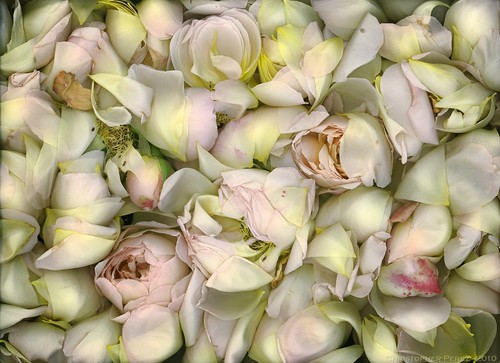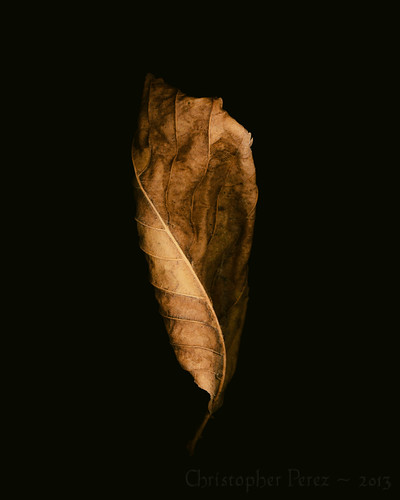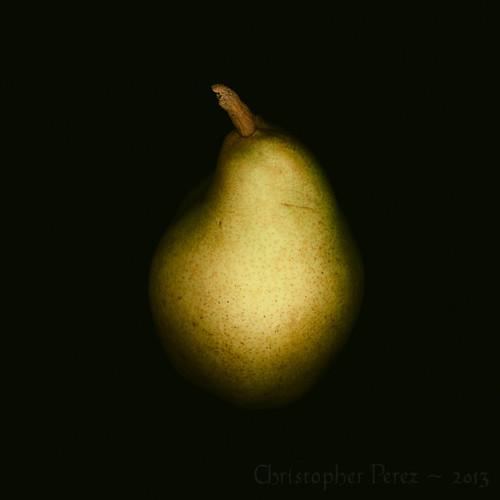Exploring the art and craft of image making can lead a person down some rather obscure, but interesting paths.

Looking through the de Groot Foundation exhibit at le Salon de la Photo here in Paris this past Fall, I came across an amazing image. It was a large print of a dead European blackbird. Mrs. de Groot shared a story about the French jurors who were working with their California counter-parts. She said that the French jurors insisted that the Americans see this print. It was one of the most beautiful images they'd seen this year. I had to agree. The image details were phenomenal. The bird was perfectly composed off-center with parts not captured and out of the frame. The tonal range and lighting were spot on perfect. I knew instantly how the image was created.
I recently wrote about cameras, lenses, and optical properties. In passing, I remarked that there was a way of making very high resolution photographic images for nearly impossibly cheap. The approach used by the young English artist came to mind when I wrote my earlier blog entry.

The technique is sometimes called "scannography". The tools are the simple, widely available, and nicely inexpensive flat bed scanners. The attraction is the 1200 to 9600 dots per inch (DPI) resolution (depending make and model) these tools can give. Image files can be enormous and the image details incredible, far surpassing the resolution of currently available full frame DLSRs and large sensor medium format cameras.
Subject lighting is limited. Front and sometimes back are the only available lighting options. In this way, flatbed scanners don't easily lend themselves to general purpose photography. Yet I feel that anyone who is interested in making very high resolution, very fine art can find a useful creativity tool in a flatbed scanner. Just look at the kinds of results that are possible and you, too, might agree.

In the USA, a person visiting a Goodwill Store can often find a perfectly usable 8.5 x 11 inch flatbed scanner for as little as $5. Here in Paris, using leboncoin (France's better laid out equivalent to Craigslist), I found a brand new HP scanner for 25Euro. Sometimes businesses in the state of collapse give these away for free. It's unlikely a person will find a great condition Full Frame DSLR with lens in a dumpster dive, but a flatbed scanner is not out of the question.
The trick is to find a scanner with a connection capabilities that match your computer. In my case it's a USB port. Truly old scanners are commonly found with the old multi-pin D-connector parallel port printer interface spec, which might make connectivity and device driver availability a problem with current computer systems. Shop carefully and you'll likely find something you can use.
For myself, I love the way a flatbed scanner renders a scene. The light in incredible. It's very difficult to get these kinds of "Dutch Masters" lighting any other way.
In fact, there have been times when the Muse was away on holiday that I've felt I should sell my cameras and lenses and do nothing but flatbed scanning. That's how appealing this approach to image making has been to me.


Looking through the de Groot Foundation exhibit at le Salon de la Photo here in Paris this past Fall, I came across an amazing image. It was a large print of a dead European blackbird. Mrs. de Groot shared a story about the French jurors who were working with their California counter-parts. She said that the French jurors insisted that the Americans see this print. It was one of the most beautiful images they'd seen this year. I had to agree. The image details were phenomenal. The bird was perfectly composed off-center with parts not captured and out of the frame. The tonal range and lighting were spot on perfect. I knew instantly how the image was created.
I recently wrote about cameras, lenses, and optical properties. In passing, I remarked that there was a way of making very high resolution photographic images for nearly impossibly cheap. The approach used by the young English artist came to mind when I wrote my earlier blog entry.

The technique is sometimes called "scannography". The tools are the simple, widely available, and nicely inexpensive flat bed scanners. The attraction is the 1200 to 9600 dots per inch (DPI) resolution (depending make and model) these tools can give. Image files can be enormous and the image details incredible, far surpassing the resolution of currently available full frame DLSRs and large sensor medium format cameras.
Subject lighting is limited. Front and sometimes back are the only available lighting options. In this way, flatbed scanners don't easily lend themselves to general purpose photography. Yet I feel that anyone who is interested in making very high resolution, very fine art can find a useful creativity tool in a flatbed scanner. Just look at the kinds of results that are possible and you, too, might agree.

In the USA, a person visiting a Goodwill Store can often find a perfectly usable 8.5 x 11 inch flatbed scanner for as little as $5. Here in Paris, using leboncoin (France's better laid out equivalent to Craigslist), I found a brand new HP scanner for 25Euro. Sometimes businesses in the state of collapse give these away for free. It's unlikely a person will find a great condition Full Frame DSLR with lens in a dumpster dive, but a flatbed scanner is not out of the question.
The trick is to find a scanner with a connection capabilities that match your computer. In my case it's a USB port. Truly old scanners are commonly found with the old multi-pin D-connector parallel port printer interface spec, which might make connectivity and device driver availability a problem with current computer systems. Shop carefully and you'll likely find something you can use.
For myself, I love the way a flatbed scanner renders a scene. The light in incredible. It's very difficult to get these kinds of "Dutch Masters" lighting any other way.
In fact, there have been times when the Muse was away on holiday that I've felt I should sell my cameras and lenses and do nothing but flatbed scanning. That's how appealing this approach to image making has been to me.

1 comment:
Now that is a really nifty image creation technique.
Post a Comment